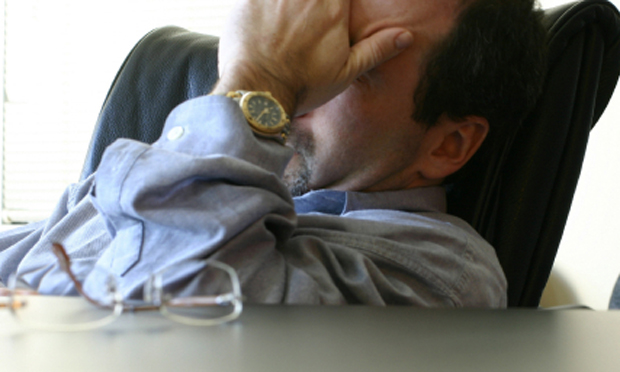According to popular lore, scores of Wall Street bankers, financiers and investors jumped from office windows and fell to their deaths in the wake of the 1929 stock market crash. While this window-jumping narrative is largely a myth, social scientists have long believed that economic downturns result in higher suicide rates. In his 1897 book Suicide — a foundational text in the field of sociology — Émile Durkheim writes, “It is a well-known fact that economic crises have an aggravating effect on the suicidal tendency.” Contemporary research lends support to Durkheim’s assertion. Studies of the Great Depression, for instance, have found increased suicides among the general population during that period.
The global economic crisis that began in 2008, often referred to as the worst since the Great Depression, resulted in increased rates of poverty, unemployment and home foreclosure in the United States and internationally. Previous research has examined various health effects resulting from the great recession. One study found that the recession increased the number of people without health insurance in the United States, while another found increased suicide rates but fewer traffic-related deaths in 10 European Union countries.
A 2014 study published in the British Journal of Psychiatry, “Economic Suicides in the Great Recession in Europe and North America,” looks at the effects of the Great Recession on suicide in the United States, Canada, and 22 European Union member countries. The researchers — Aaron Reeves and David Stuckler based at Oxford and Martin McKee of the London School of Hygiene and Tropical Medicine — based their work on data from the World Health Organization and U.S. Centers for Disease Control and Prevention. They compared suicide rates for the pre-recession year 2007 to those of the years 2008-10.
The study’s findings include:
- At least 10,000 suicides occurring in the United States, Canada and the European Union over the period 2007-10 are attributable to the Great Recession.
- The U.S. suicide rate increased by 4.8% after the start of the recession, and 4,750 suicides are attributable to the Great Recession.
- Of all countries included in the study, only Austria and Sweden avoided suicide-rate increases in the wake of the recession. Rates for those two countries did not change significantly.
- Before the recession, men were more likely to commit suicide than women. This gap grew once the economic crisis began: While suicide rates increased for both genders, the increase for men was four times greater than that of women.
The authors note that other research has found increased suicide risk for individuals who experience unemployment, indebtedness, and home foreclosure. In a discussion of how public policy can prevent recession-linked suicides, they write: “Active labor-market programs, which assist the unemployed find work while providing other forms of support, reduce the impact of unemployment on suicide. In European recessions in 1970-2007, we estimated that each US$100 per capita of investment in active labor-market programs reduced the association of unemployment with suicide by 0.4%.”
Related research: A 2011 study published by the National Bureau of Economic Research, “Exercise, Physical Activity and Exertion over the Business Cycle,” looks at the effects of post-recession unemployment on physical activity levels in the United States.
Keywords: economic downturn, Great Recession, long-term unemployed, suicide, mental health, financial crisis


Expert Commentary